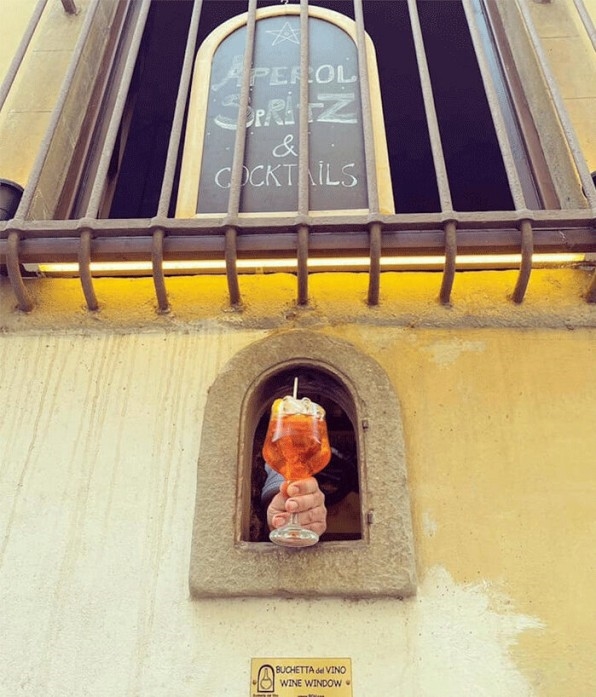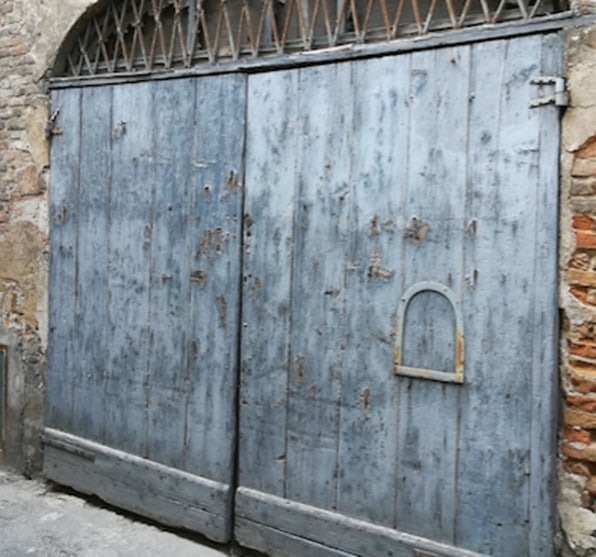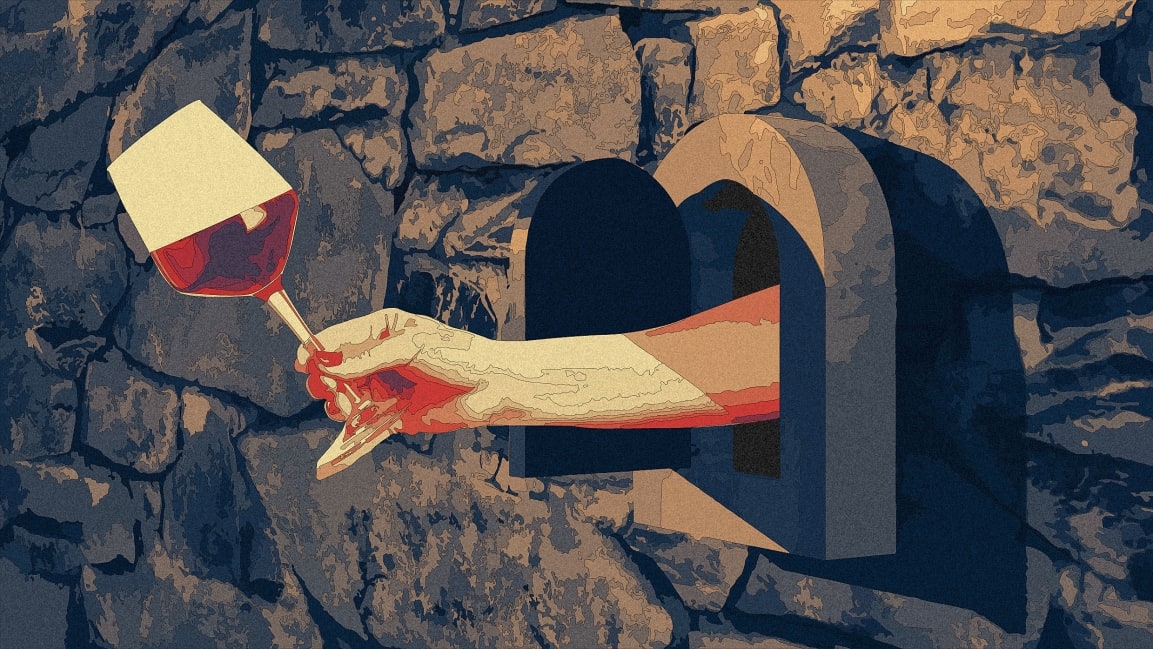Italians revive a Black Plague tradition: Serving wine out of tiny windows
Restaurants around the world have had to find innovative ways to serve customers safely during the coronavirus pandemic. But a few businesses in Florence, Italy, didn’t have to come up with a new idea. In fact, they repurposed a centuries-old invention.
These restaurants are using existing “wine windows,” first installed in the 1500s, as an architectural solution to the problem of socially distanced customer service.

Architects first installed the petit, chest-level “buchette del vino” in the 16th century so wine producers could sell direct to consumers, without a middleman, according to Mary Forrest, a founding member of Buchette del vino cultural association. At that time, wine producers were wealthy or noble families that had countryside farms and city palaces. By installing wine windows, those producers could sell directly to city dwellers without opening their palace gates to the masses. (Wine was essential for medieval Italians, who could reliably count on the beverage to be pure, especially compared to well or river water, says Forrest.) The association, founded in 2015, has a mission of preserving these often overlooked windows and raising public awareness of their history.

The first instance of merchants using the windows to prevent exposure to contamination was during the bubonic plague, or Black Death, in the 1630s. Some merchants even put the coins they received in vinegar to sanitize them before touching them. But even with all these plusses, the windows fell out of use by the 20th century. “After all, there were modern stores then and probably it was a lot of trouble for the wealthy wine producer to keep a person inside his palace to answer the clients knocking on the wine window,” Forrest explains. The residential palaces of former wine producers, meanwhile, have been repurposed over the years into modern residences and businesses.
During the coronavirus, these windows are now being put to good use—but this time, that disembodied hand might extend a gelato or even an Aperol spritz. Forrest estimates that there are about 150 wine windows around Florence and five or six vendors who have put them to use. Over the years, many of the windows have been painted over, plastered, or graffitied, but Forrest hopes to increase public interest in this small architectural innovation that’s unique to Tuscany.
“The wine windows are just one more marvelous addition to the architectural heritage of Florence and Tuscany,” says Forrest. “The great majority are not in use, but they need to exist so that we all remember what life was like once upon a time.” So I can enjoy a glass of wine without a pool noodle on my head or turning into a human bumper car? I’ll salute that.
(48)



